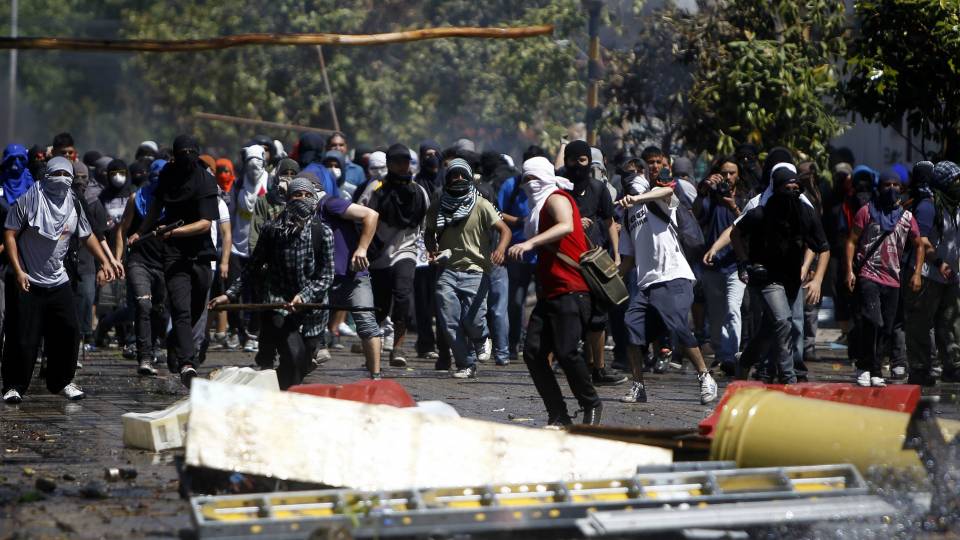The Benefits of Leftist Violence
It pushes fence-sitters into our arms.
Between the attacks against Trump supporters, thuggish protests against Milo Yiannopoulos at college campuses, and the murder of police officers by black militants, political violence appears to be here to stay. Scenes of black-clad protesters smashing windows and ATMs is frightening to Americans, but it’s common in other countries. As someone who has lived abroad, let me say that political violence is normal—and it can be useful.
The chaos in America today reminds me of time I spent in Chile—my father’s home country—during that country’s “student movement” in 2011-2012. Millennials were organizing mass protests to get the government to nationalize higher education and make it free, as in neighboring Argentina and in many European countries. At first, the movement was popular, and the sitting president, a Romney-style conservative named Sebastian Piñera, often had approval ratings of less than 30 percent.
Furthermore, higher education in Chile had been free within living memory—from the creation of the welfare state in the 1940s until the dramatic neoliberal reforms of Augusto Pinochet in the 1970s. In 2011, the student movement had the wind in its sails, and was regularly bringing out hundreds of thousands of people to march in a country of just 17 million. It seemed impossible that they wouldn’t win.
But the students did not win, and the movement ran out of gas years ago. The reasons for this are complex, but a large part of it was the fact that the moderates could not control and would not disavow the violent radicals in their ranks—and that scared away millions of potential supporters.






















